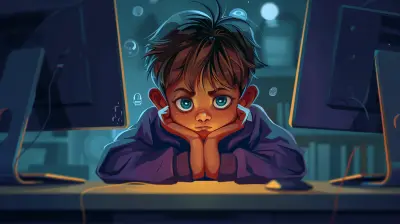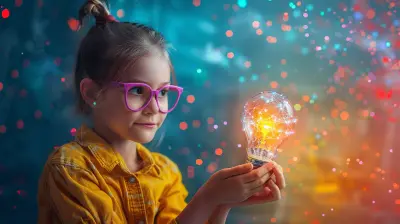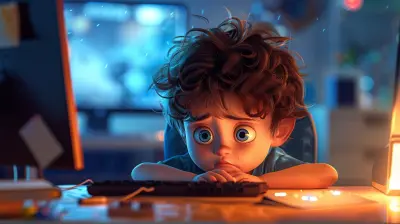The Role of Therapy in Helping Adopted Children Thrive
14 October 2025
Adopting a child is one of the most life-changing, beautiful, and at times, challenging experiences anyone can have. When you bring a child into your family through adoption, you're not just offering them a home—you’re offering them love, stability, and a chance at healing. But let’s be real here: love alone, while powerful, doesn’t always fix the deep emotional wounds kids may carry from their past.
That’s where therapy steps in.
No, therapy isn’t just for people who are “broken” or “struggling.” In the world of adoption, therapy can be a powerful tool to help children make sense of their story, cope with trauma, and build healthy attachments. It’s like giving them an emotional compass when they’ve spent time lost at sea.
So let’s unpack this together. In this article, we’ll talk about how therapy makes a difference in the lives of adopted children, what kind of therapy works best, and how parents can be part of this healing journey.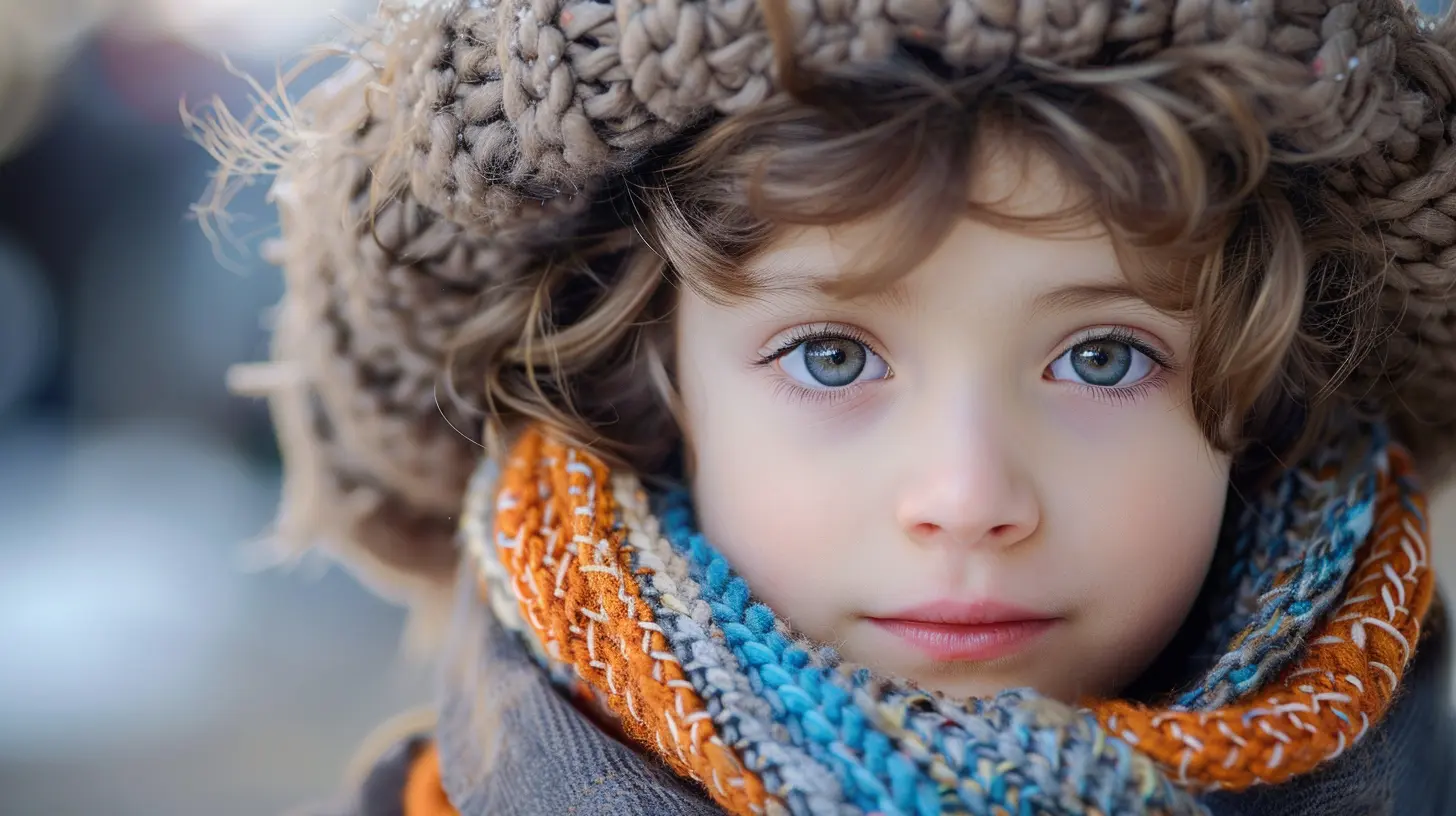
Why Adopted Children May Need Therapy
Not all adopted children need therapy—but many benefit from it. Why? Because adoption, even in the most loving families, often comes with layers of loss, confusion, and sometimes trauma. Imagine for a moment being a young child, navigating a world that’s constantly shifting—different caregivers, possibly different homes, and a background they may not fully understand.It’s a lot to carry.
Here are some common emotional and psychological experiences adopted children might face:
- Grief and loss – Even in the best-case scenarios, adoption involves the loss of birth parents.
- Identity confusion – Kids wonder: “Who am I? Why was I given up? Do I belong here?”
- Attachment issues – If trust was broken early on, forming secure bonds can be tough.
- Trauma – Abuse, neglect, or abandonment can leave emotional scars.
Therapy is a safe space for kids to unpack all that baggage. It offers them tools to work through complicated feelings in ways that are age-appropriate and constructive.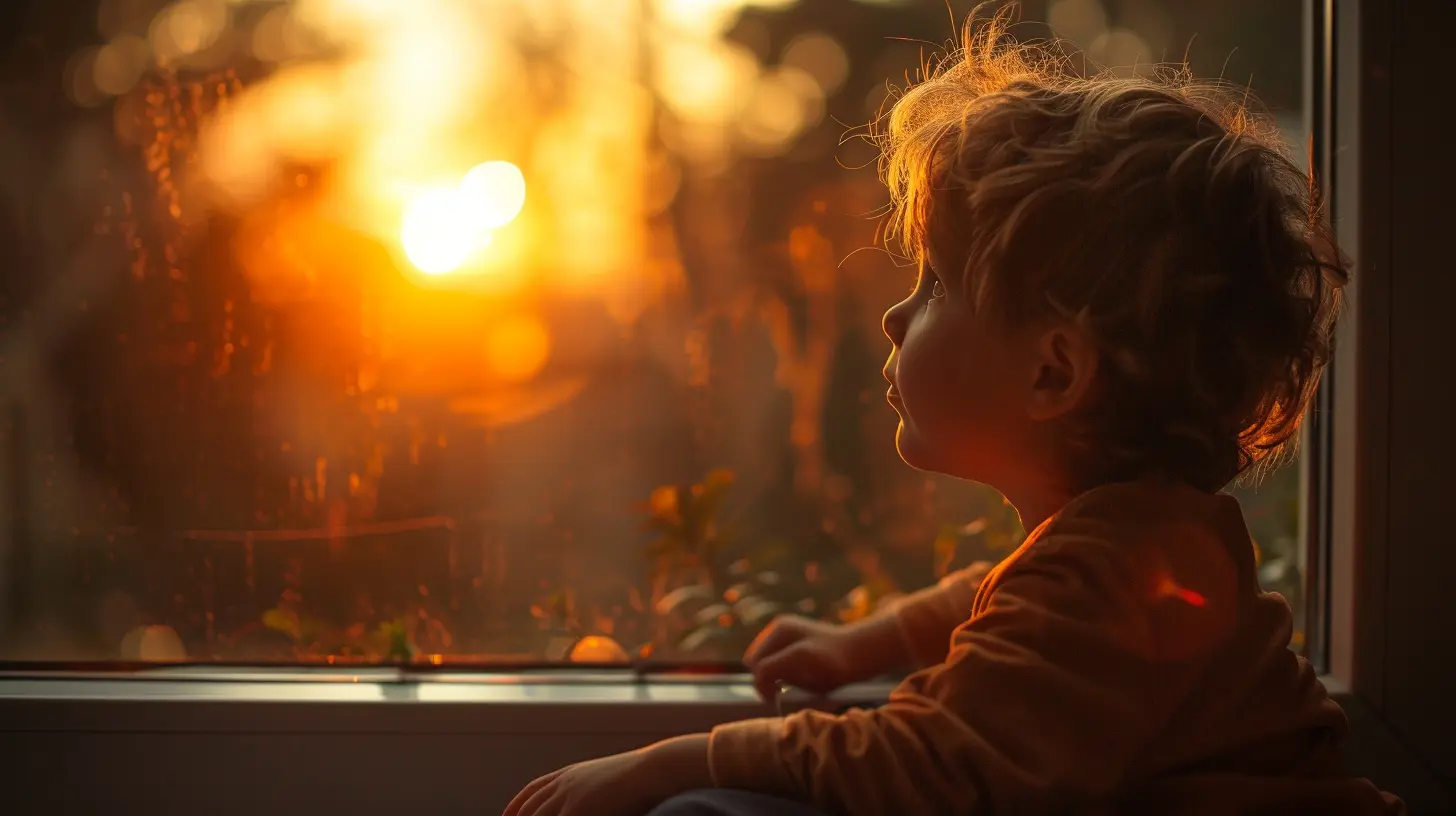
How Therapy Supports Emotional Healing
Let’s break this down simply: think of therapy as emotional scaffolding. It provides support while a child builds (or rebuilds) their emotional foundation.Here’s how it helps:
1. Building Healthy Attachments
When kids come into new families, they might not know how to trust. Maybe their past caregivers were inconsistent, harmful, or absent. Therapy—especially attachment-based therapy—focuses on repairing those broken trust systems. It helps children learn that not all adults leave, hurt, or disappoint.And for parents? It teaches how to respond to their child’s unique attachment needs, even when those needs are expressed through tantrums, withdrawal, or resistance.
2. Processing Trauma
Trauma in children doesn’t always look like what you expect. It can show up as aggression, defiance, fearfulness, or constant anxiety. Some kids shut down, while others constantly test boundaries.Therapists use various methods (like play therapy, art therapy, and EMDR) to gently guide children through their traumatic memories without re-traumatizing them. It’s slow, delicate work—but it can be life-changing.
3. Improving Behavior and Emotional Regulation
Many adopted children struggle with regulating their emotions. Therapy helps them understand what they’re feeling and why. Imagine giving a child a toolkit: one tool for calming down, another for expressing anger safely, and another for asking for help.Over time, this emotional literacy helps them feel more in control—and life gets easier for everyone in the house.
4. Strengthening Identity and Self-Esteem
Adopted kids often wrestle with identity issues. Who are their birth parents? Why did they place them for adoption? How do they fit into their new family?Therapists help kids explore these deep questions without judgment. Therapy offers a space to talk about feelings of abandonment, confusion, or even guilt. Over time, this exploration helps build a stronger, more cohesive sense of self.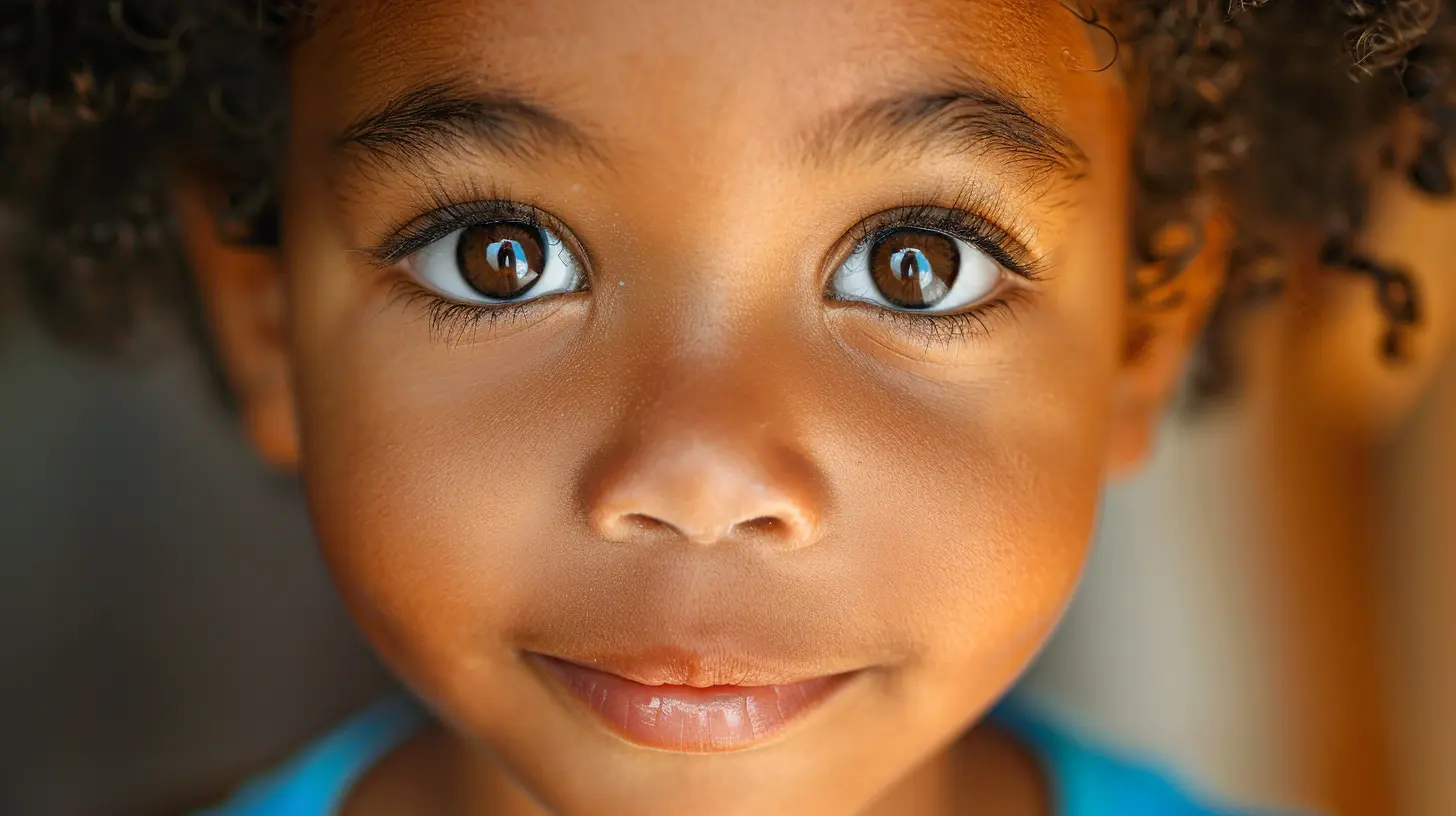
Types of Therapy That Help Adopted Children
Not all therapy is created equal. What works for one child might not work for another. Here are some of the most effective types of therapy for adopted children:1. Attachment-Based Therapy
Focuses on strengthening the parent-child connection. Therapists work with both child and parent to address early attachment wounds and to help build trust.2. Trauma-Focused Cognitive Behavioral Therapy (TF-CBT)
This evidence-based therapy is fantastic for children who’ve experienced trauma. It helps them process what happened, challenge negative beliefs, and develop coping skills.3. Play Therapy
Younger kids aren’t exactly going to sit on a couch and spill their emotions. Play therapy lets children communicate through toys, art, and games—because sometimes play says what words can’t.4. EMDR (Eye Movement Desensitization and Reprocessing)
Sounds fancy, right? But EMDR has been incredibly effective for kids processing trauma. It helps the brain reprocess traumatic memories so they’re less emotionally charged.5. Family Therapy
Sometimes it’s not just the child who needs support. Family therapy gets everyone in the same room, working through challenges together. It helps parents learn how to understand and support their child’s emotions more effectively.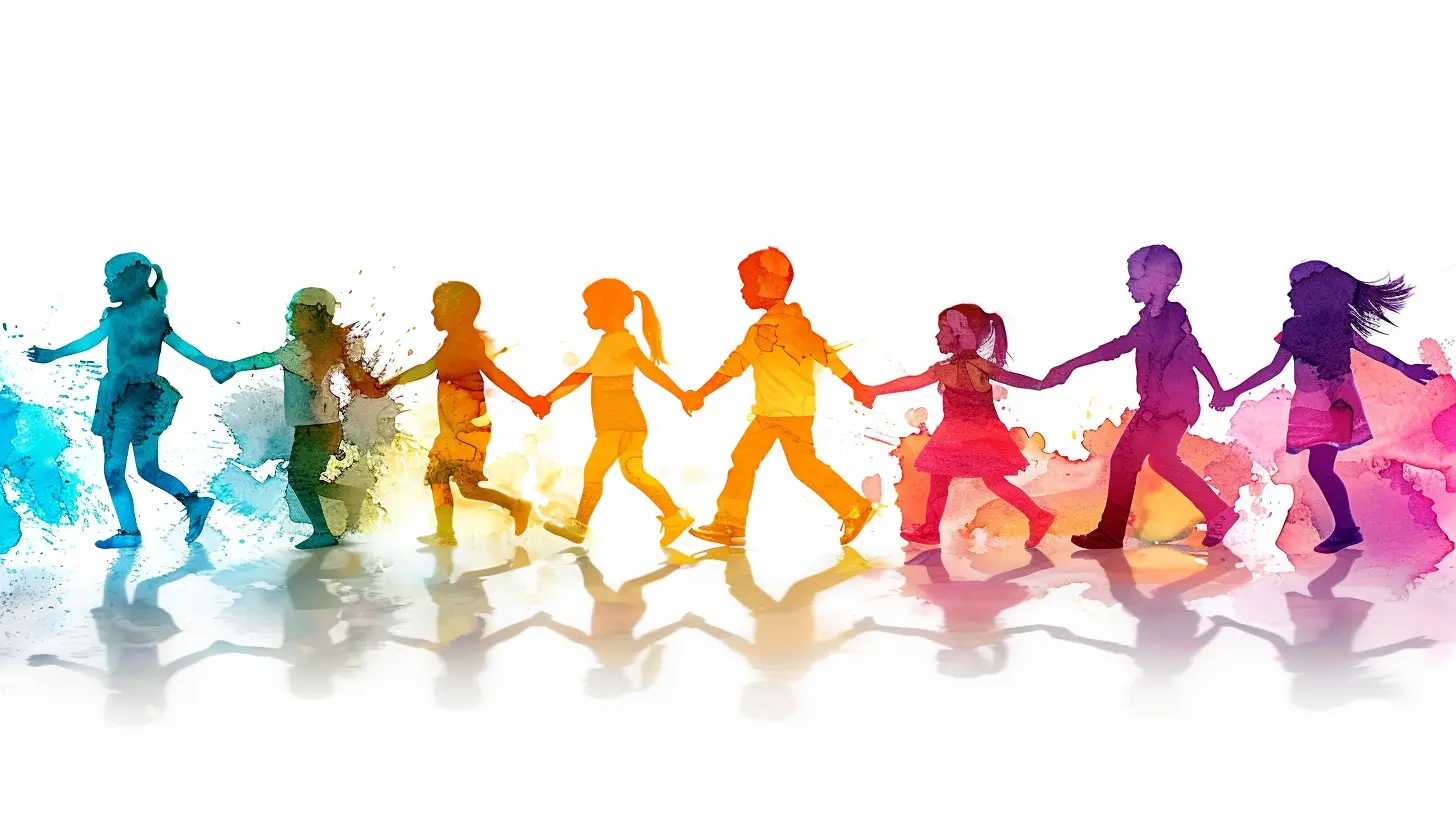
The Parent’s Role in the Healing Journey
Let’s be clear—therapy alone isn’t a magic cure. A child’s healing journey is deeply impacted by their home environment. Parents play a HUGE role in whether or not therapy…well, works.Here’s how you can help:
Show Up (Even When It’s Hard)
Therapy isn’t just about dropping your child off and waiting in the car. Many types of therapy are interactive, and your presence matters. Showing up—consistently and willingly—sends a big message: “I’m here for you.”Be Patient With Progress
Healing isn't linear. Some weeks will feel amazing. Others? Like nothing is working. And guess what? That’s normal. Therapy is a process. Your job isn’t to rush it—it’s to support it.Be Open to Your Own Growth
Sometimes, therapy reveals uncomfortable truths. Maybe you unintentionally triggered a fear. Maybe your parenting style needs tweaking. That doesn’t mean you're a bad parent—it means you're human. And being open to learning alongside your child? That’s powerful.Celebrate the Wins (Even the Small Ones)
Did your child finally talk about their feelings? Sleep through the night? Ask for help instead of shutting down? That’s huge. Therapy progress often shows up in subtle ways. Notice it. Celebrate it.Overcoming the Stigma Around Therapy
Let’s be honest—there’s still a stigma around therapy for kids, especially in adoptive families. Some people think going to therapy means you’ve failed as a parent. But here’s the truth:Asking for help is not a sign of failure—it’s a sign of strength.
Think of therapy like glasses. If your child couldn’t see clearly, you’d get them glasses, right? Therapy is emotional clarity. It’s support. It’s how we help kids move from surviving to thriving.
Real-Life Stories: Healing Happens
Take Anna, for example, an 8-year-old adopted from the foster system. She came into her new family with intense anxiety, fear of sleeping alone, and sudden outbursts. Her parents started therapy three months in—nervous, unsure, but hopeful.Six months later? Anna started opening up in play therapy. Her nightmares reduced. She began forming a trusting bond with her mom. The transformation wasn’t instant, but it was real.
Then there’s Jaden, a 13-year-old adopted internationally. He struggled with identity and fitting in. Through therapy, he explored his cultural roots, his feelings about his birth family, and what adoption meant to him. Slowly, his confidence grew. Today, Jaden’s not just coping—he’s thriving.
These aren’t fairy tales—they're what happens when therapy, love, and patience come together.
Final Thoughts: Healing Takes a Village
Adoption is a journey filled with love, hope, and new beginnings. But it can also be emotionally complex, especially for the children involved. That’s why therapy is such a game-changer. It supports kids through the hard stuff. It helps them heal old wounds, build emotional tools, and develop deep, lasting connections.So if you're an adoptive parent wondering if therapy could help your child, let this be your sign: it's okay to seek help. It’s okay to not have all the answers. And it’s absolutely okay to lean on professionals who can guide your family toward healing.
Because when adopted children are given both love and the tools to understand themselves—when they’re supported emotionally, mentally, and spiritually—that’s when they truly begin to thrive.
all images in this post were generated using AI tools
Category:
AdoptionAuthor:

Steven McLain
Discussion
rate this article
1 comments
Axel McQuillan
What a wonderful article! It’s so important to recognize the unique challenges adopted children face. Therapy can truly be a lifeline, helping them navigate their emotions and build strong, healthy relationships. Thank you for sharing these insights!
October 14, 2025 at 2:47 AM

Steven McLain
Thank you so much for your kind words! I'm glad you found the insights valuable. Yes, therapy can make a significant difference for adopted children.
